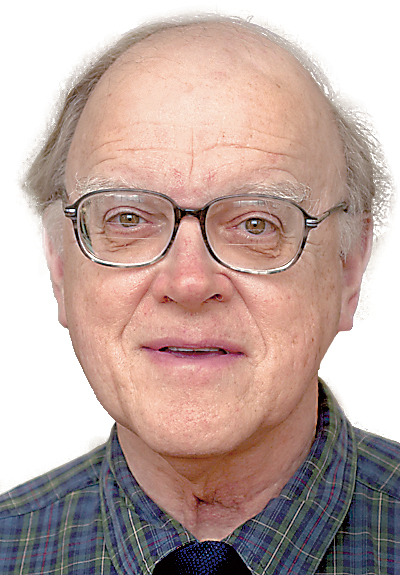This is the first in a series of columns on opiate addiction in America.
Our country faces a dangerous epidemic arising from legal and illegal derivatives of opium.
Opium, derived from the unripe pods of the poppy plant, has been used to relieve pain and to induce a sense of ecstasy for thousands of years. The drug's addictive potential was recognized from the earliest times.
The series
* The stealthy rise of opioid abuse * Similar marketing strategy used for opiates and heroin * Steps must be taken before using opiates
Drugs derived from opium are termed opioids or opiates. Opium and its derivatives attach to a specific receptor in the central nervous system which initiates a complex response. Continuous use of these drugs induces a state of tolerance, so progressively larger doses must be used to achieve the same effect. Physical and psychological dependence often results.
Morphine was isolated from opium early in the 19th century. The mid-century invention of the hypodermic needle popularized the use of morphine by injection. Chemical modification of morphine led in 1874 to the production of heroin, several times more potent than the parent drug and with a more rapid onset of effect. Heroin could be injected, snorted or smoked. Commercial introduction of heroin in Germany in 1898 was short-lived because of the drug's addictive potential. Both the manufacture and distribution of heroin now are banned by most nations.
My first direct encounters with heroin occurred during my military service in the late 1960s. Young draftees who were addicted to heroin suffered symptoms of withdrawal when their stash of the drug ran out. An occasional soldier returning from Vietnam experienced withdrawal when his smuggled drug supply was exhausted.
Heroin use in America increased from the 1960s forward. Heroin contributed to the subsequent epidemic of HIV-AIDS through needles shared by addicts. The drug was smuggled into the U.S. in powder form from major sources in Afghanistan and Southeast Asia.
Subsequent dilutions of heroin with such substances as lactose or quinine meant that a user had little idea as to the potency of the drug that he injected. Accustomed to very low concentrations of heroin, the user ran the risk of a fatal overdose should he unknowingly use a higher concentration. Simultaneous ingestion of alcohol and other drugs, such as Valium, increased the risk of a fatal outcome.
From 1970 through the mid-1980s, the U.S. death rate from heroin overdoses hovered in the range of 1.5 to 2 per 100,000 residents. Despite widely publicized deaths of celebrities from heroin overdoses, there was no real sense of an epidemic except in large coastal cities where gangs controlled both importation and distribution. The supply chain usually extended to the streets via addicts who sold the drug to support their own habits.
A sharp rise in addiction and deaths due to heroin and new opioid derivatives from morphine began in the mid-1990s and continues. Two factors account for it: the widening availability of a new form of heroin from Mexico and the development and marketing of potent prescription opioids.
In "Dreamland: The True Tale of America's Opiate Epidemic," author Sam Quinones presents a chilling, brilliantly researched account of an accelerating epidemic of addiction and death due to legal and illegal opioids. His account is especially important to read by judges, law enforcement officers, parents, teachers - in short for anyone concerned about the welfare of children and adults of all ages.
Contact Clif Cleaveland at ccleaveland@timesfreepress.com.

